Music and rhythm have been shown to activate the whole brain, and not just the right hemisphere, as originally thought.
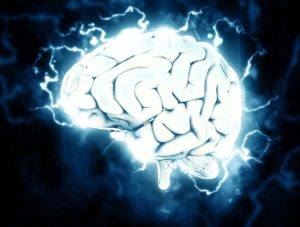 In 2011, researchers from the Academy of Finland developed a ground-breaking new method that allows to study how the brain processes different aspects of music, such as rhythm, tonality and timbre. It was found that wide networks in the brain, including areas responsible for motor actions, emotion and creativity, are activated when listening to music. Music activates not only the auditory areas of the brain, but also large-scale neural networks that recruit motor areas in the brain. This implies that music and movement are very closely intertwined. “Our results show for the first time how different musical features activate emotional, motor and creative areas of the brain,” says Prof. Petri Toiviainen from the University of Jyväskylä.
In 2011, researchers from the Academy of Finland developed a ground-breaking new method that allows to study how the brain processes different aspects of music, such as rhythm, tonality and timbre. It was found that wide networks in the brain, including areas responsible for motor actions, emotion and creativity, are activated when listening to music. Music activates not only the auditory areas of the brain, but also large-scale neural networks that recruit motor areas in the brain. This implies that music and movement are very closely intertwined. “Our results show for the first time how different musical features activate emotional, motor and creative areas of the brain,” says Prof. Petri Toiviainen from the University of Jyväskylä.
Since 2006, two UCF professors — neuroscientist Kiminobu Sugaya and world-renowned violinist Ayako Yonetani — explore how music impacts brain function and human behaviour, including by reducing stress, pain and symptoms of depression as well as improving cognitive and motor skills, spatial-temporal learning, and neurogenesis, which is the brain’s ability to produce neurons. Music uses most of the brain in wide circuits that brings about such strong neuroplasticity that it enables better learning. Shown here are the different areas of the brain that get stimulated with just music!
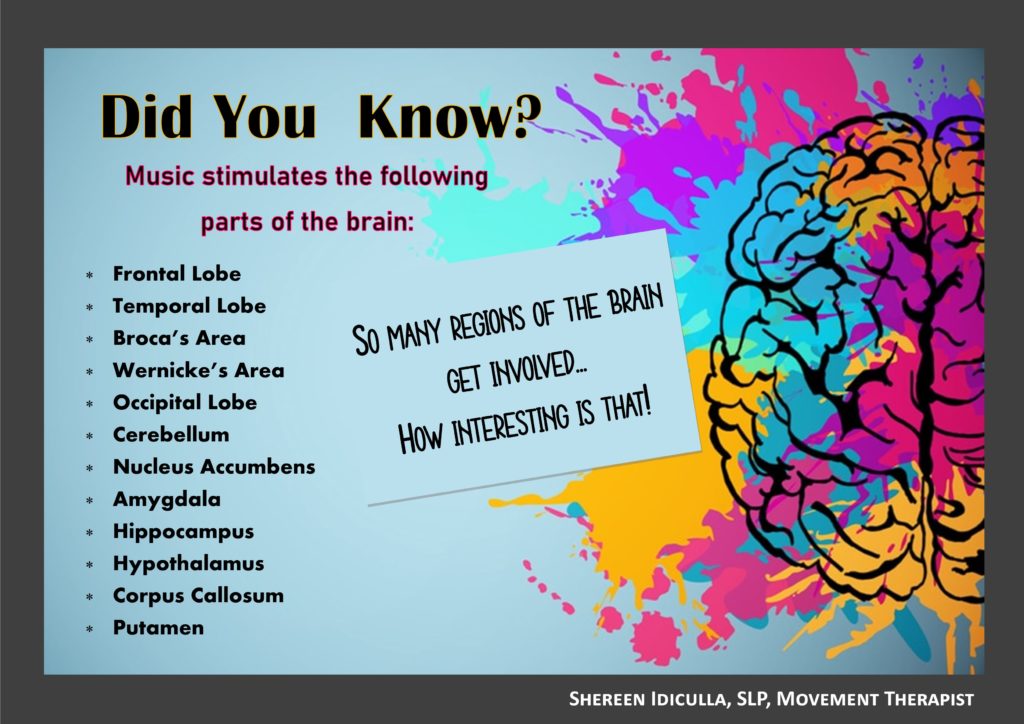
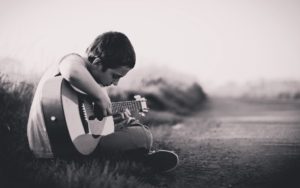 A study done in 2016 explained how playing a musical instrument has been shown to increase cognitive ability through enhanced neuronal communication between the left and right hemispheres of the brain, resulting in positive effects on learning, memory, fine motor skills, verbal and non-verbal reasoning, resulting in an overall more capable brain to apply in a multitude of settings.
A study done in 2016 explained how playing a musical instrument has been shown to increase cognitive ability through enhanced neuronal communication between the left and right hemispheres of the brain, resulting in positive effects on learning, memory, fine motor skills, verbal and non-verbal reasoning, resulting in an overall more capable brain to apply in a multitude of settings.
Rhythm has the unique power for healing and neuroplasticity. It helps organize events into predictable and coherent patterns. It has deep effects on the brain including influencing perception and thinking. Studies have shown that learning and memory when linked to specific beats in a rhythm, stimulated increased learning ability.
In music, rhythm is the primary element that creates the perception of time. In speech, rhythm helps us select and extrapolate phonemes, syllables, words, and phrases from an ongoing speech stream. Having good rhythmic skills, therefore, appears to be essential not only for music or dance but also for language and communication skills.
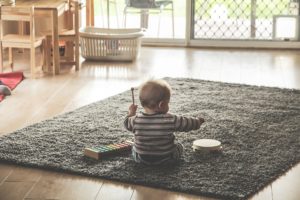 Rhythm abilities are not simply heritable skills; recent studies have shown that rhythm skills can be improved through training and that the performance of an individual may vary across different rhythm tests.
Rhythm abilities are not simply heritable skills; recent studies have shown that rhythm skills can be improved through training and that the performance of an individual may vary across different rhythm tests.
Hence, rhythmic activities have been used successfully in different conditions like Aphasia, Dementia, Dyslexia, Parkinsons, Autism, Dyspraxia, etc., because when combined with movement, it triggers metaplasticity, i.e., it has a unique multi-modal and multisensory effect on a large part of the brain at once, thus improving associated learning in many ways!
Here, at PlayStreet, we have created the Learning through Rhythm and Movement (LRM) Program after considering all the research on the benefits of music and movement and understanding the brain-body connection. Our aim is to help children make their movements more purposeful and thoughtful. This is especially helpful for children with neurodevelopmental disorders like Dyspraxia, Autism, ADHD, Cerebral Palsy, etc. PlayStreet has taken its expertise from many international programs like Autism Movement Therapy (AMT), BOMED (Body to Music Education), the Crispiani Method and many more to put this program together to effectively help children with motor planning difficulties affecting their everyday life.
References:
- Listening to music lights up the whole brain: https://www.sciencedaily.com/releases/2011/12/111205081731.htm
- Your Brain on Music: https://www.ucf.edu/pegasus/your-brain-on-music/
- Instruments of Knowledge: Music and the Brain: https://fisherpub.sjfc.edu/cgi/viewcontent.cgi?article=1187&context=ur
- How Rhythmic Skills Relate and Develop in School-Age Children: https://www.ncbi.nlm.nih.gov/pmc/articles/PMC6566463/
Here are a few more blogs that might be of interest to you:
- Importance of Movement for Children: https://www.playstreet.in/2021/10/21/the-importance-of-movement-for-children/
- Dyspraxia: https://www.playstreet.in/2021/09/10/what-is-dyspraxia/
- Primitive Reflex Integration: https://www.playstreet.in/2020/09/23/primitive-reflex-integration/
- Importance of core muscles for children: https://www.playstreet.in/2020/07/28/importance-of-core-muscles-for-children/
- Movement Based Interventions: https://www.playstreet.in/2020/07/22/movement-based-interventions/
- Childhood Apraxia of Speech: https://www.playstreet.in/2017/09/24/childhood-apraxia-of-speech-what-is-it-how-does-it-affect-a-child/
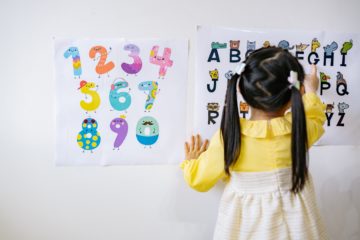
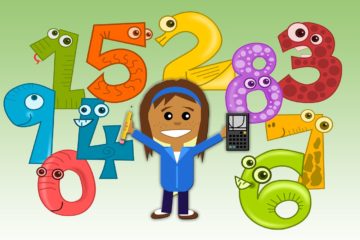
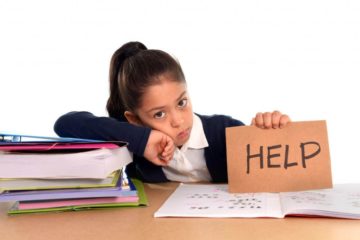
0 Comments